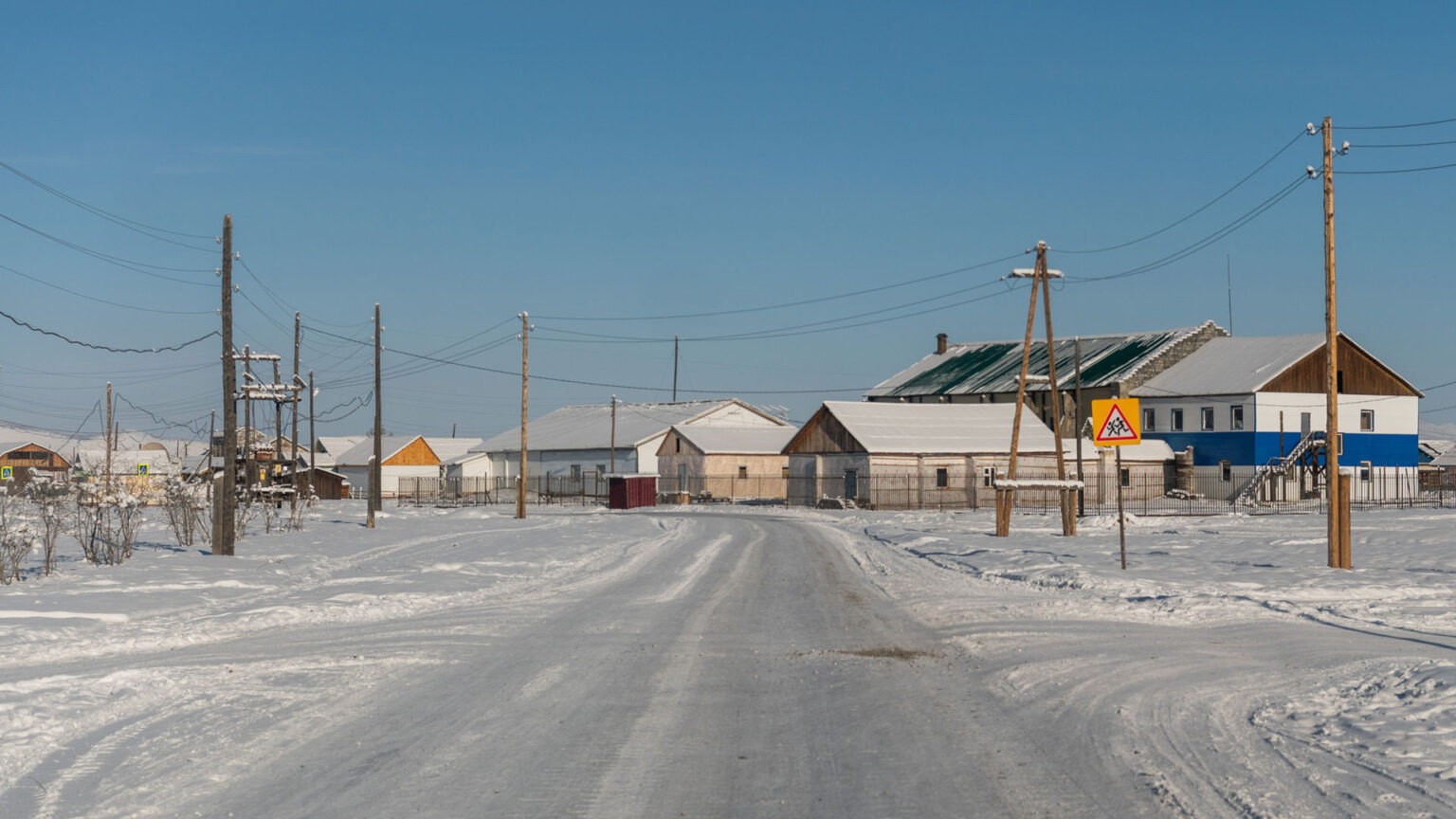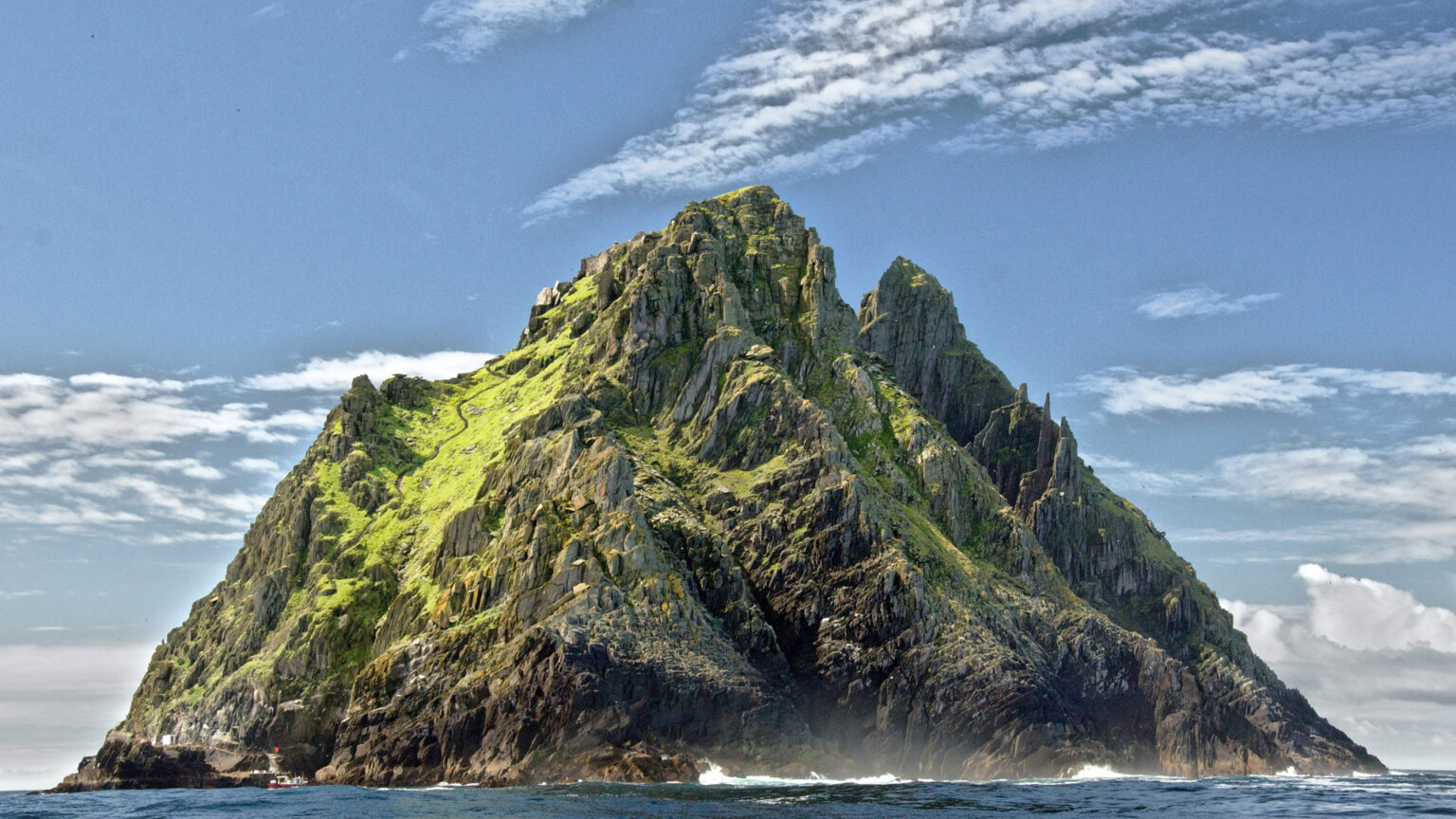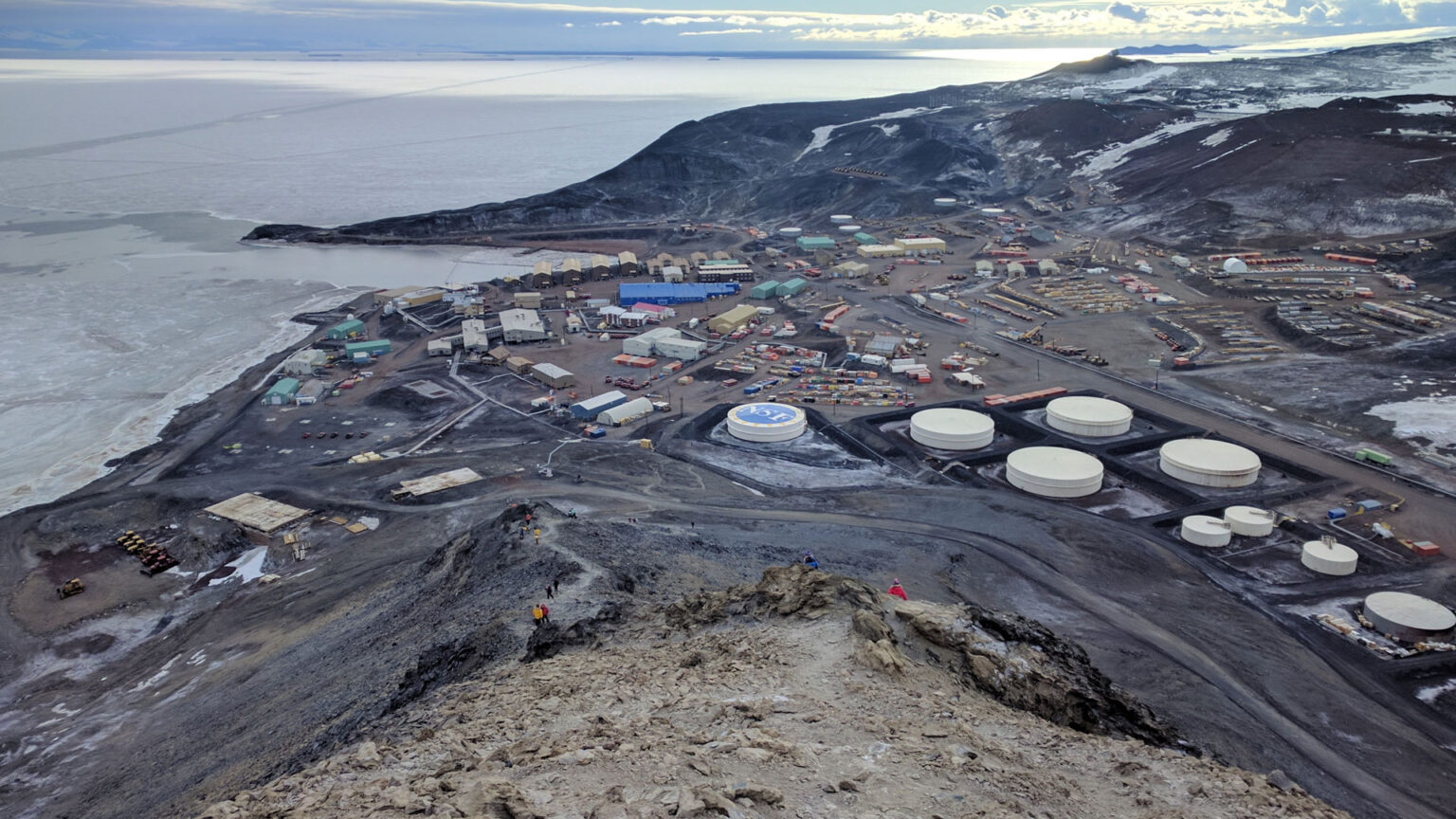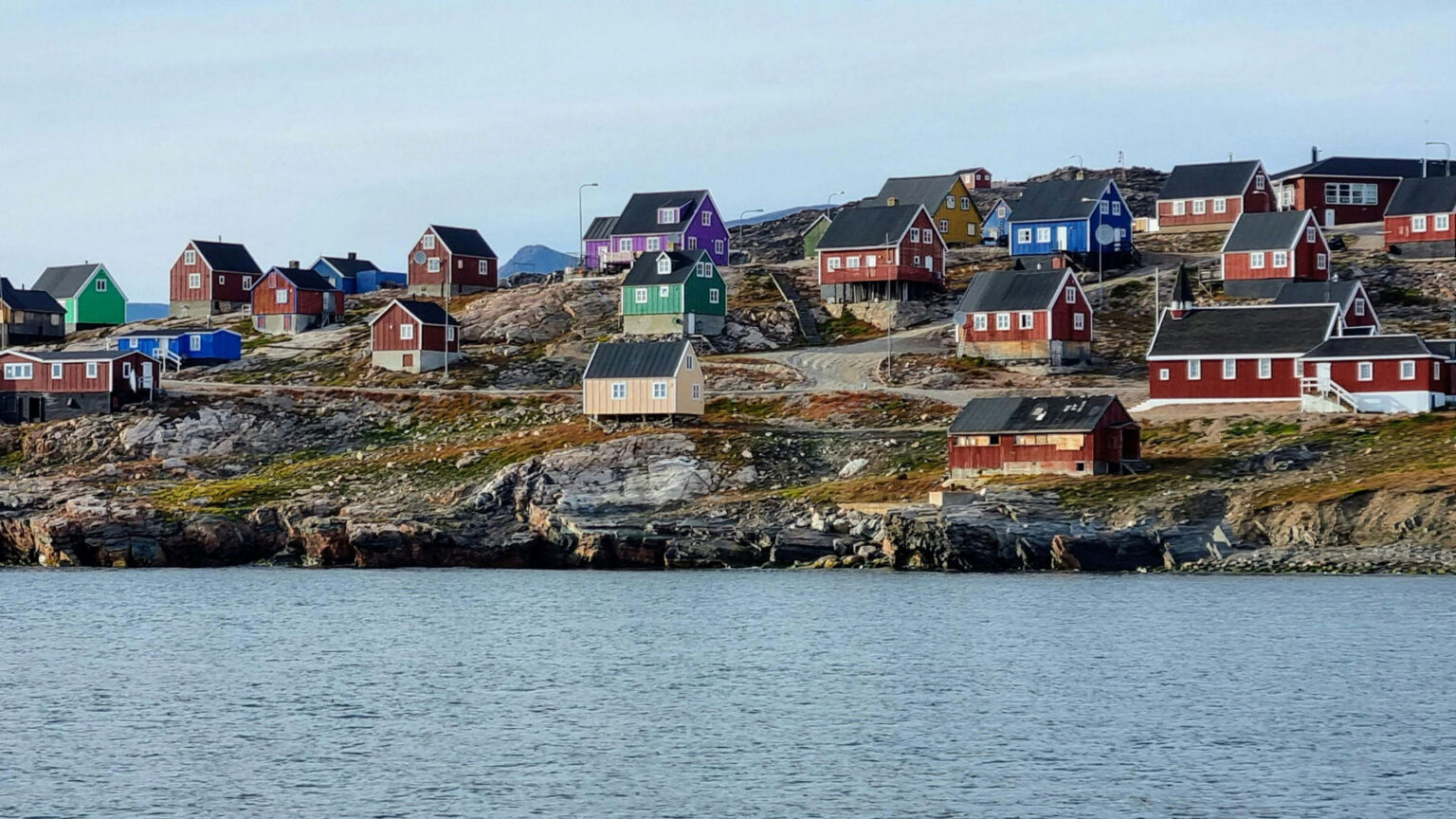Remotest Island
Island Life
The Remotest Island, Tristan da Cunha, is a volcanic island in the South Atlantic Ocean. It’s the most remote inhabited island in the world, with a population of less than 300 people. The island’s isolation and rugged terrain make it a unique and fascinating place to explore.
Life on the island is simple and peaceful. The residents of Tristan da Cunha live in the only settlement, Edinburgh of the Seven Seas, which is nestled in a scenic bay on the northwest coast. The village is surrounded by rugged hills and cliffs, and the only way to reach it is by boat.
The island’s economy is based on fishing, subsistence farming, and tourism. The residents are skilled fishermen and farmers, and they grow their own vegetables and raise their own livestock. Tourism is also an important industry, with visitors drawn to the island’s natural beauty, unique wildlife, and historic sites.
Despite its remoteness, the island has a strong sense of community. The residents are friendly and welcoming, and they work together to maintain the island’s infrastructure and services. The island has a school, a hospital, and a few shops, as well as a community center and a church.
The island’s isolation has also preserved its unique culture and traditions. The residents have developed their own distinct dialect, customs, and practices, which are influenced by their Scottish, English, and African heritage. Visitors can experience the island’s culture firsthand by attending a traditional dance performance or trying some local cuisine.
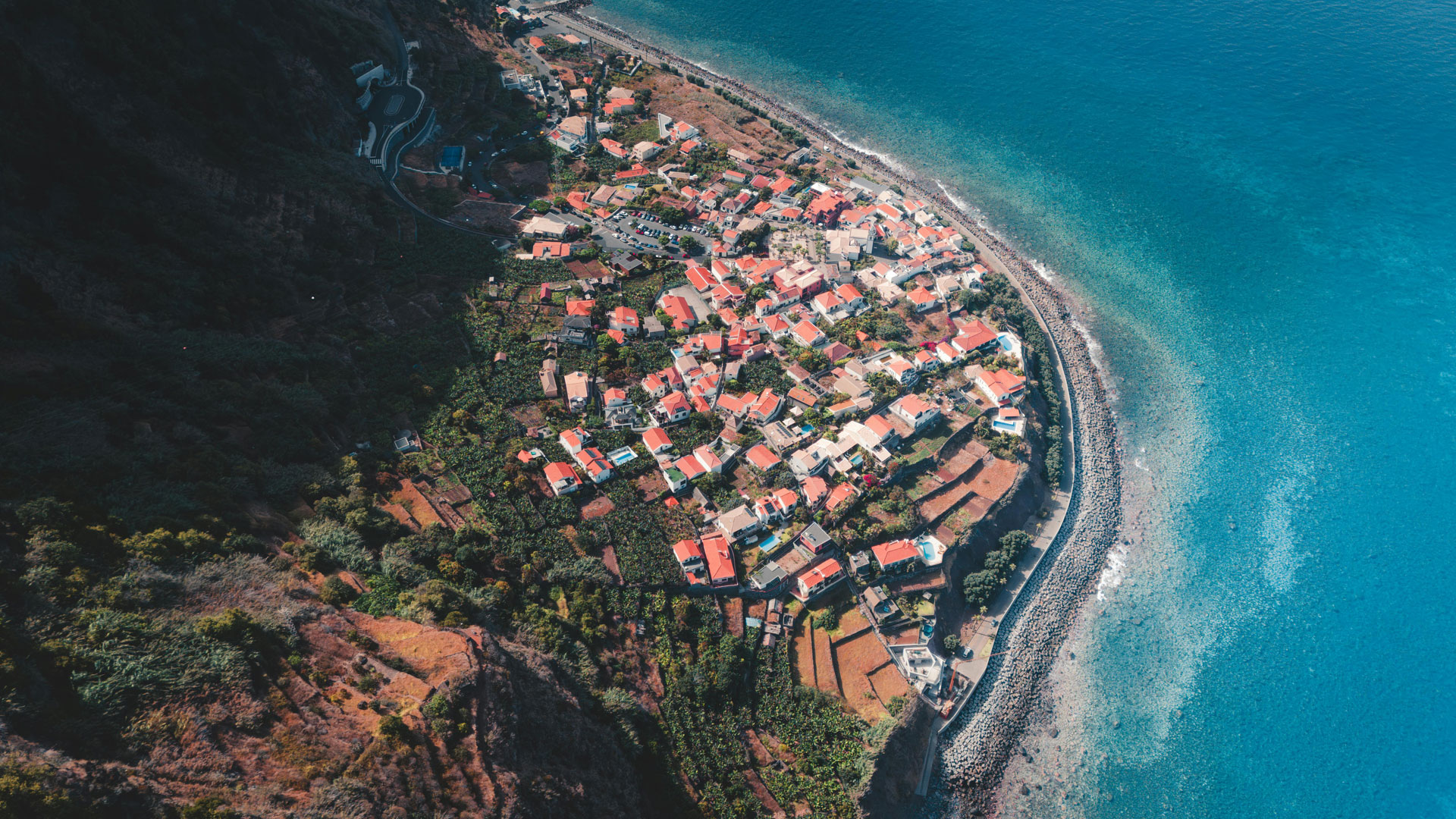
In conclusion, life on the Remotest Island is simple, peaceful, and unique. The island’s isolation and rugged terrain make it a fascinating place to explore, and its strong sense of community and preserved culture make it a truly special destination.
Wildlife and Conservation
The Remotest Island, Tristan da Cunha, is a haven for wildlife enthusiasts and conservationists. The island’s remote location and lack of predators have created a unique and diverse ecosystem, with many species found nowhere else on Earth.
One of the island’s most famous residents is the Tristan albatross, a critically endangered species that nests on the island’s rocky coastline. The island is also home to a large colony of rockhopper penguins, as well as Atlantic petrels, great shearwaters, and numerous other seabirds.
The island’s conservation efforts are led by the Tristan da Cunha Government and the Tristan da Cunha Conservation Department. The department works to protect the island’s wildlife and habitats, through measures such as habitat restoration, species monitoring, and education and outreach programs.
Visitors to the island can experience the incredible wildlife firsthand, through guided tours and expeditions. The island’s rugged terrain and unpredictable weather make it a challenging but rewarding destination for wildlife enthusiasts and adventure seekers.
The Remotest Island is also an important site for scientific research, with numerous studies conducted on the island’s unique ecosystem and wildlife. The island’s isolation and pristine environment make it an ideal location for studying the impacts of climate change, habitat degradation, and other environmental factors.

In conclusion, the Remotest Island is a unique and fascinating destination for wildlife enthusiasts and conservationists. The island’s diverse ecosystem, conservation efforts, and scientific research make it an important site for protecting and preserving our planet’s natural heritage.
History and Exploration
The Remotest Island, Tristan da Cunha, has a rich and fascinating history that spans over 500 years. The island was first discovered in 1506 by the Portuguese explorer Tristão da Cunha, who named it after himself.
In the 17th and 18th centuries, the island was visited by numerous explorers and sailors, including the British, Dutch, and French. The island’s remote location and harsh weather made it a challenging destination, but its strategic position in the South Atlantic made it an important stopover for ships traveling between Europe and Asia.
In 1816, the British government annexed the island, and it became a British territory. The island’s population grew slowly, with settlers arriving from Europe and Africa. The island’s economy was based on fishing, farming, and trade, with the island’s residents living a simple but self-sufficient life.
In the 20th century, the island’s history took a dramatic turn. In 1961, a volcanic eruption forced the entire population to evacuate the island, and they were resettled in South Africa and the UK. The island was left abandoned for several years, until a group of residents returned in 1963 to rebuild their homes and lives.
Today, the island’s history is preserved through its historic sites, museums, and cultural events. Visitors can explore the island’s old harbor, the Tristan da Cunha Museum, and the historic settlement of Edinburgh of the Seven Seas.
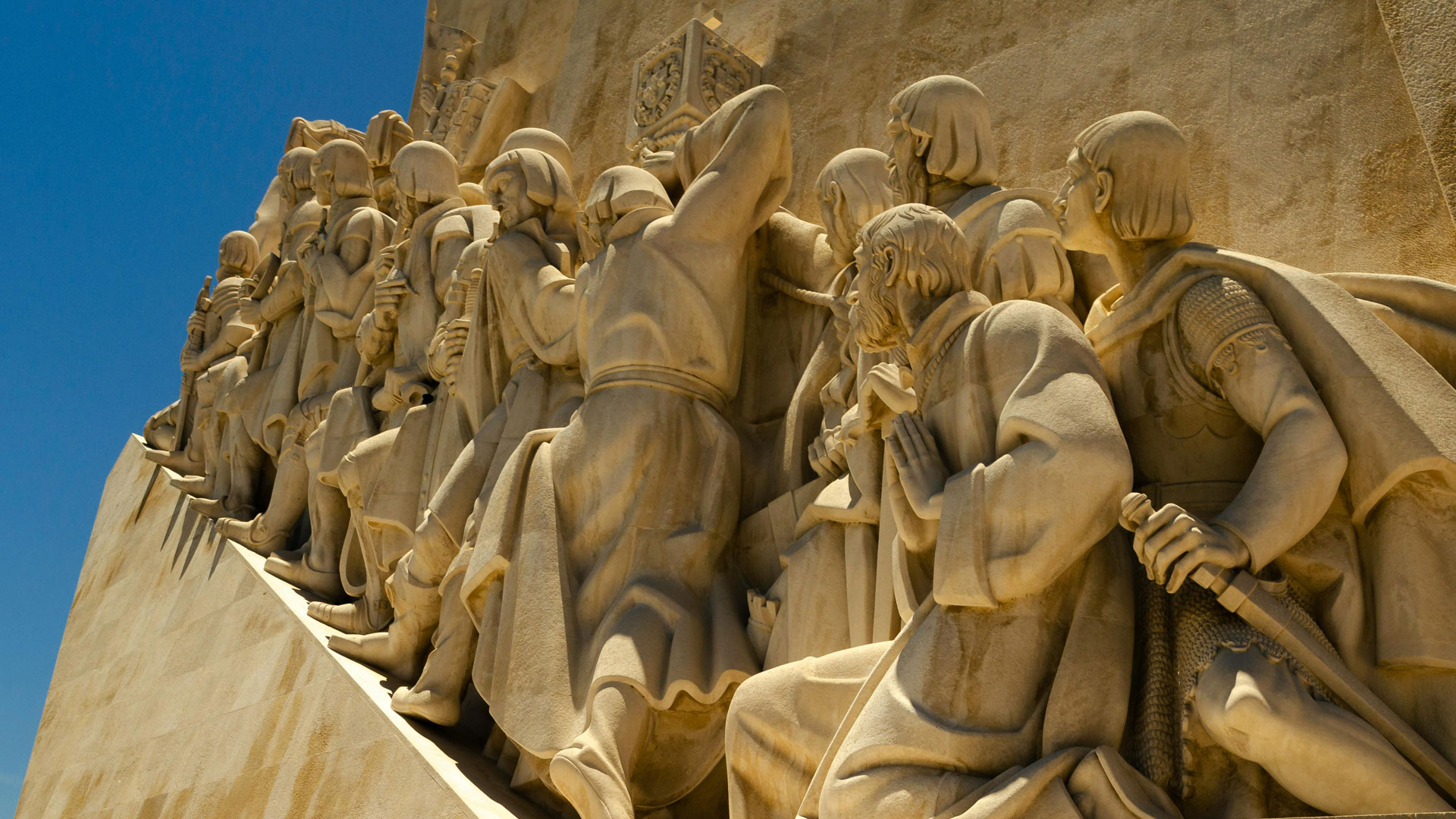
The island’s exploration history is also celebrated through its annual festivals and events, such as the Tristan da Cunha Festival, which commemorates the island’s discovery and settlement.
In conclusion, the Remotest Island has a rich and fascinating history that reflects its strategic position in the South Atlantic and its resilience in the face of adversity. The island’s history and exploration legacy make it a unique and captivating destination for visitors and researchers alike.
Adventure and Travel
The Remotest Island, Tristan da Cunha, is an ultimate adventure destination for intrepid travelers. Located over 2,000 kilometers from the nearest major landmass, the island offers a unique and unspoiled travel experience.
Getting to the island is an adventure in itself. There are no commercial flights or regular transportation services to the island. Visitors must travel by boat, either on a private yacht or on the South African polar supply ship, the SA Agulhas II, which makes occasional trips to the island.
Once on the island, visitors can explore the rugged terrain, scenic coastline, and unique wildlife. The island offers numerous hiking trails, including the popular hike to the top of Queen Mary’s Peak, the highest point on the island.
Visitors can also explore the island’s historic sites, including the old harbor, the Tristan da Cunha Museum, and the historic settlement of Edinburgh of the Seven Seas. The island’s residents are friendly and welcoming, and visitors can experience the island’s unique culture and hospitality.
For the truly adventurous, the island offers opportunities for kayaking, rock climbing, and scuba diving. The island’s waters are home to an incredible array of marine life, including whales, dolphins, and seals.
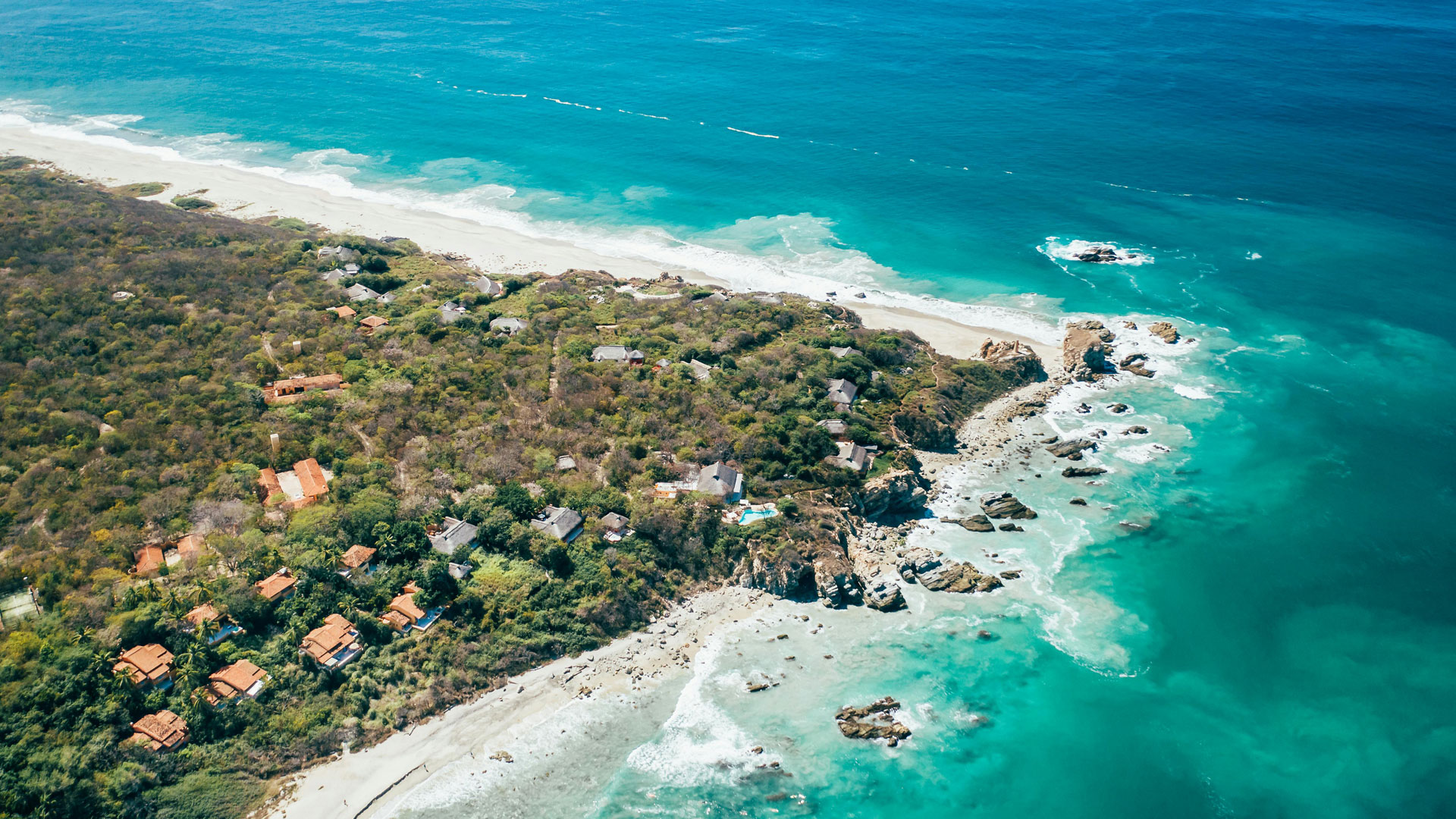
Despite the challenges of traveling to the island, visitors are rewarded with an unforgettable experience. The island’s remoteness and unspoiled nature make it a true wilderness destination, and visitors can experience the thrill of exploring a truly untouched corner of the world.
In conclusion, the Remotest Island is an ultimate adventure destination for intrepid travelers. The island’s unique location, rugged terrain, and unspoiled nature make it a true wilderness experience, and visitors can enjoy a range of activities and experiences that are unlike anywhere else on Earth.
Science and Research
The Remotest Island, Tristan da Cunha, is a unique and fascinating destination for scientists and researchers. The island’s remote location, unspoiled nature, and diverse wildlife make it an ideal location for conducting scientific research and studies.
The island is home to a range of scientific research stations and facilities, including the Tristan da Cunha Research Station, which is operated by the South African National Antarctic Programme. The station conducts research on the island’s unique ecosystem, including its flora, fauna, and geology.
Scientists and researchers visit the island to study its unique wildlife, including the Tristan albatross, rockhopper penguins, and Atlantic petrels. The island is also an important site for studying the impacts of climate change, habitat degradation, and other environmental factors.
The island’s remote location and lack of pollution make it an ideal location for conducting astronomical research. The island’s low light pollution and clear skies make it an ideal location for stargazing and astronomical observations.
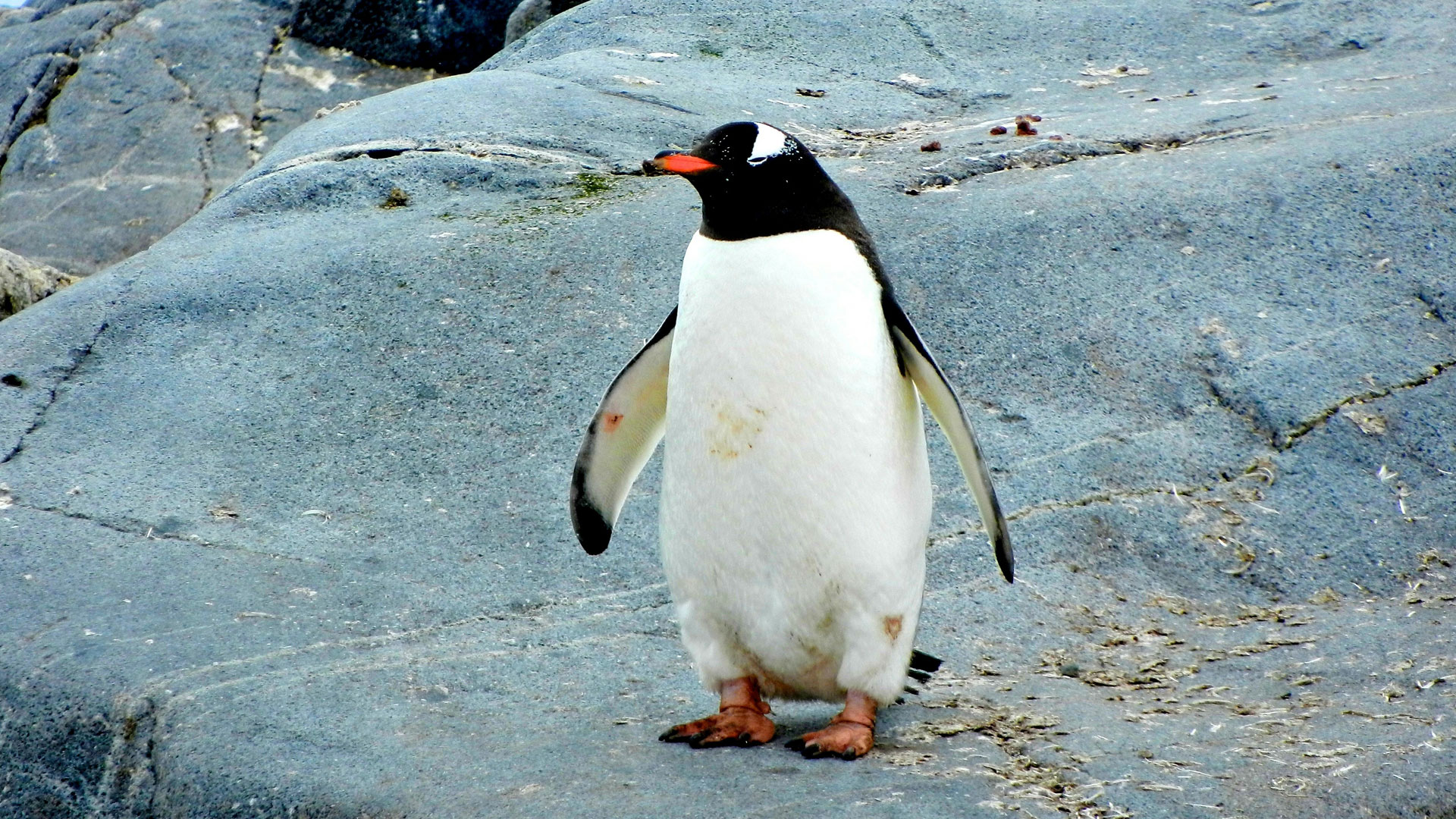
The island’s unique geology also makes it an important site for geological research. The island is home to numerous volcanic peaks, including Queen Mary’s Peak, which is the highest point on the island.
In addition to scientific research, the island is also an important site for conservation efforts. The Tristan da Cunha Government and international organizations are working to protect the island’s unique ecosystem and wildlife, and to promote sustainable development and tourism.
In conclusion, the Remotest Island is a unique and fascinating destination for scientists and researchers. The island’s remote location, unspoiled nature, and diverse wildlife make it an ideal location for conducting scientific research and studies, and its unique geology and astronomy make it an important site for geological and astronomical research.
Culture and Tradition
The Remotest Island, Tristan da Cunha, has a unique and fascinating culture that is shaped by its history, geography, and isolation. The island’s residents have developed a distinct way of life that is adapted to the island’s rugged environment and limited resources.
The island’s culture is reflected in its music, dance, and art. Traditional Tristan da Cunha music and dance are known for their energetic and lively rhythms, and are often performed during community events and celebrations. The island’s residents are also skilled craftsmen, and produce handmade goods such as woodcarvings, textiles, and pottery.
The island’s culture is also shaped by its Christian heritage. The island’s residents are predominantly Christian, and the island has a number of churches and religious buildings. The island’s Christian heritage is reflected in its traditions and customs, such as the annual Christmas and Easter celebrations.
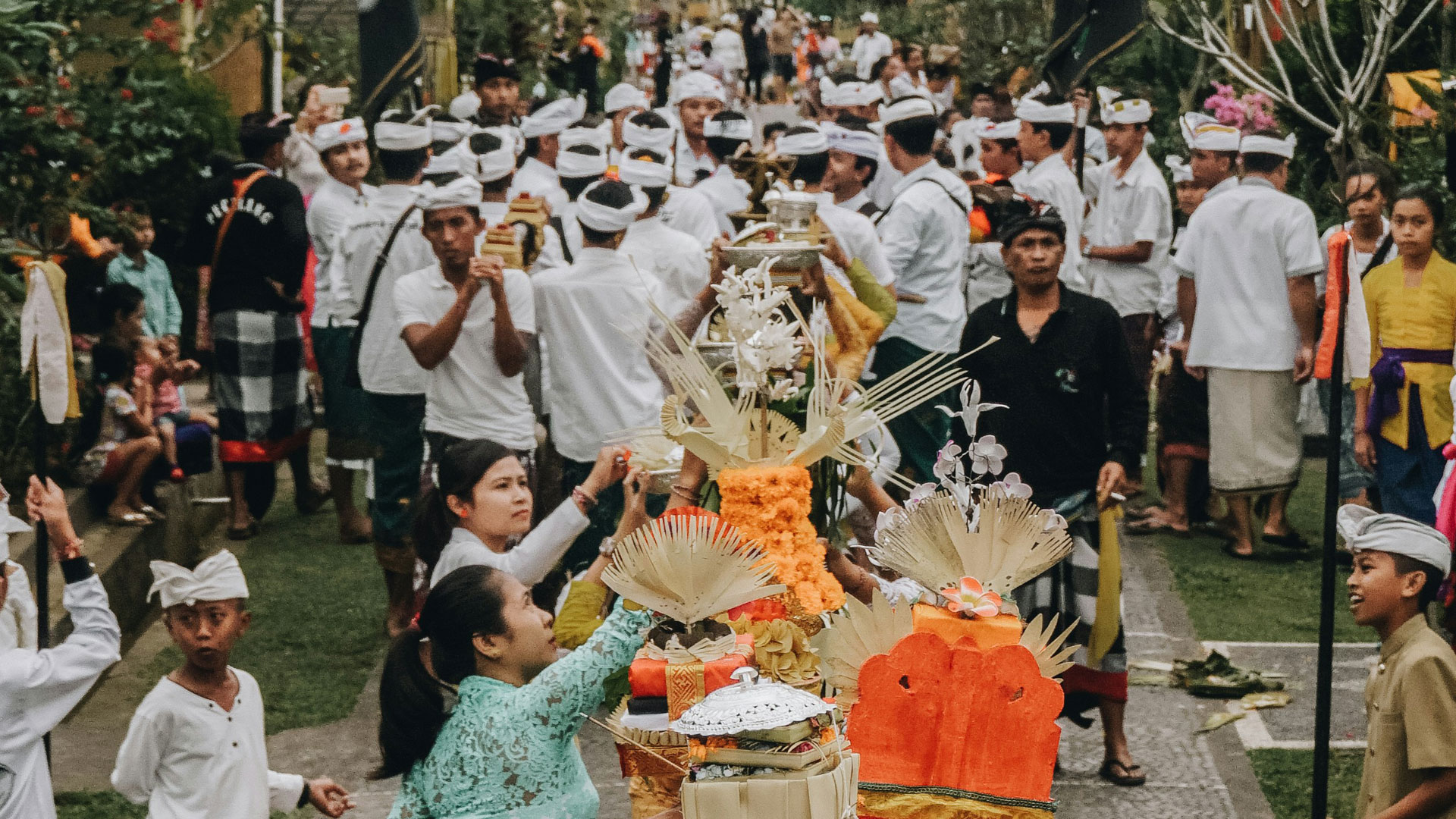
The island’s isolation has also preserved its unique dialect and language. The Tristan da Cunha dialect is a unique blend of English, Scottish, and African influences, and is spoken by the island’s residents.
In addition to its unique culture, the island is also home to a number of traditions and customs. The island’s residents place a strong emphasis on community and mutual support, and have developed a number of traditions and customs that reflect this. For example, the island has a tradition of “working bees”, where residents come together to complete tasks and projects that benefit the community.
In conclusion, the Remotest Island has a unique and fascinating culture that is shaped by its history, geography, and isolation. The island’s residents have developed a distinct way of life that is adapted to the island’s rugged environment and limited resources, and have preserved their unique dialect, language, and traditions.
Community and Resilience
The Remotest Island, Tristan da Cunha, is a testament to the power of community and resilience. Despite its isolation and harsh environment, the island’s residents have built a strong and supportive community that is able to thrive in one of the most remote places on Earth.
The island’s community is small, with less than 300 residents, but it is tight-knit and fiercely independent. Residents work together to maintain the island’s infrastructure, provide support and services, and ensure the island’s continued survival.
The island’s residents have developed a unique and resourceful way of life, adapted to the island’s limited resources and harsh environment. They are skilled fishermen, farmers, and craftsmen, and have developed innovative solutions to the challenges posed by the island’s isolation.

The island’s community is also incredibly resilient. Despite facing numerous challenges, including volcanic eruptions, storms, and economic hardship, the island’s residents have always come together to support each other and rebuild their community.
In 1961, the island was evacuated due to a volcanic eruption, but the residents returned in 1963 and rebuilt their homes and lives. This resilience and determination are a testament to the strength and spirit of the Tristan da Cunha community.
In addition to its strong community, the island also has a number of initiatives and programs aimed at supporting residents and promoting community development. These include education and training programs, healthcare services, and initiatives aimed at preserving the island’s unique culture and environment.
In conclusion, the Remotest Island is a shining example of community and resilience. Despite its isolation and challenges, the island’s residents have built a strong and supportive community that is able to thrive in one of the most remote places on Earth.
Conclusion
In conclusion, the Remotest Island, Tristan da Cunha, is a unique and fascinating destination that offers an unparalleled experience for adventurers, scientists, and anyone interested in exploring the unknown. With its rugged terrain, diverse wildlife, and resilient community, the island is a true gem of the South Atlantic Ocean. From its volcanic origin to its self-sufficient residents, the island is a treasure trove of unique facts and trivia. Despite its remoteness, the island has a rich history, culture, and natural beauty that make it an attractive destination for those willing to venture off the beaten path. Whether you’re interested in exploration, science, or simply experiencing a new and exciting place, Tristan da Cunha is a destination that is sure to leave a lasting impression.












